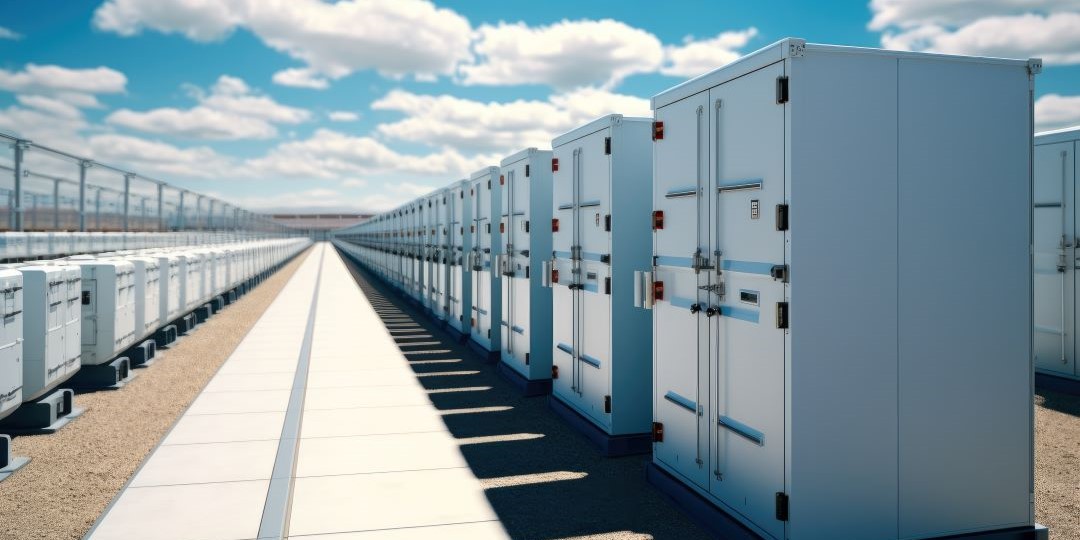By Sean Thompson, Supervisor NERC Services
Battery energy storage is able to provide essential services to ensure the reliability of the bulk power system, but the system requires more planning analysis in order to integrate higher levels of storage into the grid, according to a recent report released by the North American Electric Reliability Corporation (NERC) this week.
Battery energy storage can contribute to the reliable operation of the bulk power system “in a similar fashion as synchronous resources that provide those same necessary characteristics to the grid,” states the report.
“North America currently has less than 2 GW [gigawatts] of battery storage, but that capacity is projected to increase 100% to 4 GW by 2023,” Thomas Coleman, NERC’s chief technical advisor of engineering and standards. “It is abundantly clear that battery energy storage systems have a key role” in the “rapid transformation of the transmission grid” to meet goals for the reduction of carbon dioxide emissions while maintaining reliability, security and resilience, he added.
In the report, NERC cites the Department of Energy – which projects that by 2050, 35% of the United States’ energy will come from wind power (404 GW) and 27% will come from solar photovoltaic power (632 GW).
Battery energy storage can play several key roles in the transformation of the electrical grid, such as supplying peaking capacity; minimizing the need for new generation and transmission infrastructure, and providing frequency response, ramping and voltage support.
The report also states that “NERC should conduct a thorough assessment of existing standards and guidelines to ensure that they adequately consider the projected large increase in battery energy storage systems.”
NERC also states that the value of battery storage as a complement to variable energy resources, such as wind and solar, should be fully understood by system planners and operators. “System planners must conduct adequate studies to determine the dynamic stability impacts of battery storage interconnection, the capability to provide capacity to meet long-term and contingency reserve margin requirements and the ability to provide essential reliability services.”
“As we continue to assess the implications created by the integration of cutting-edge technologies to the electrical grid and the increasing amount of projected battery storage in the future, industry and regulators must pay more attention to bulk power system-connected battery energy storage systems,” Coleman said.











